Supplier credit isn’t just a financial convenience—it’s a powerful relationship-building tool in international trade. By allowing buyers to receive goods or services now and pay later, suppliers show trust and commitment, which can lead to long-term partnerships, better deals, and mutual growth. It transforms cash flow constraints into opportunities and paves the way for a stronger, more collaborative trade ecosystem.
If you’re looking to strengthen your supplier relationships and expand your business’s purchasing power without upfront cash, this article will guide you through how supplier credit works, why it matters, and how to use it to your advantage. Whether you’re a seasoned importer or new to global trade, you’ll leave with actionable insights to boost trust, performance, and partnership value.
Imagine running a business where every transaction demands upfront payment—no exceptions, no flexibility. Growth would stall, opportunities would vanish, and relationships would stay transactional. Now imagine the opposite: a supplier offers you 60 days to pay because they believe in your reliability. That one act of trust can redefine your working capital, give you breathing room, and spark a long-term business alliance. Supplier credit isn’t just a payment term—it’s a vote of confidence in your business, and that feeling of being trusted is both empowering and motivating.

Fun Fact!
Did you know that supplier credit was used as far back as ancient Rome? Merchants would document goods delivered and amounts owed on clay tablets. These early “invoices” allowed trade to thrive across vast regions—long before banks or digital payments existed.
By the end of this article, you’ll have a clear understanding of how supplier credit works—not just as a financial tool, but as a strategic lever to build trust, improve cash flow, and strengthen long-term partnerships with your suppliers. You’ll learn how to effectively negotiate credit terms, maintain supplier trust, and use trade finance solutions to stay consistent with payments. Whether you’re a startup or a growing business, you’ll walk away with actionable steps you can implement right away to make supplier credit work in your favor and turn every transaction into an opportunity for deeper collaboration.
How to Use Supplier Credit to Build Stronger Trade Relationships (And How to Achieve It)
Building trust with suppliers takes time and consistency, but with the right approach, supplier credit can become a long-term strategic asset. Here’s how you can not only use supplier credit but actively achieve stronger trade relationships through it:
1. Communicate Transparently and Proactively
• How to Achieve It: Set a regular communication schedule with your suppliers—monthly calls, quarterly updates, or shared dashboards. Always notify them early if there’s a delay or issue with payment or delivery. Use tools like email tracking or CRM software to keep your communication organized.
2. Honor Your Payment Commitments—Without Fail
• How to Achieve It: Integrate reminders and auto-payment features into your accounting system to avoid delays. Use cash flow forecasting tools to ensure you’re always prepared to pay on time. Demonstrating reliability will earn you increased credit limits and preferred buyer status over time.
3. Start Small, Prove Reliability, and Scale Up
• How to Achieve It: When approaching a new supplier, request a modest credit limit or shorter terms (e.g., net 15 or 30). Once you’ve proven your payment consistency over a few cycles, ask for better terms or increased limits with documentation showing your track record.
4. Offer Trade-Offs That Create Win-Win Scenarios
• How to Achieve It: Propose mutually beneficial arrangements such as higher order volumes, longer contracts, or early payment in exchange for better terms. Clearly articulate how your loyalty and increased volume can help them reduce marketing costs and stabilize production.
5. Keep Financial Records Clean and Accessible
• How to Achieve It: Maintain up-to-date financial statements and be ready to share them with suppliers or trade finance partners if requested. Consider getting an independent audit or credit rating to showcase your stability. This transparency builds confidence in your financial health.
6. Leverage Trade Finance Tools to Support Timely Payments
• How to Achieve It: Use financing solutions like Open Account Finance, Import Finance, or Receivables Financing to ensure you never miss a supplier payment—even when cash is tight. At Trade Bancorp, we help structure these tools so you can maintain excellent supplier relationships without straining your cash flow.
7. Build Personal Relationships—Not Just Transactions
• How to Achieve It: Attend industry events, schedule in-person visits or virtual meetings, and celebrate supplier milestones (like anniversaries or product launches). Personal connection adds depth to business trust and can lead to more flexibility during challenging times.
By following these strategies, you’re not just accessing supplier credit—you’re actively investing in a sustainable, trust-based relationship that can withstand market challenges and grow over time.
Looking to build stronger relationships with your global suppliers and take full advantage of supplier credit? At Trade Bancorp, we help businesses like yours create reliable financing strategies that support both trust and growth.
Contact us now to speak with one of our trade finance experts and learn how supplier credit can transform your business relationships.
Or visit our Services Page for more trade finance solutions designed for real-world challenges.


